Iran FM Claims No Journalists Detained During Protests

Iran’s foreign minister says no journalist was arrested during the past five months of protests, claiming that "We cannot confirm the detention of journalists in Iran.”

Iran’s foreign minister says no journalist was arrested during the past five months of protests, claiming that "We cannot confirm the detention of journalists in Iran.”
Hossein Amir-Abdollahian stated in an interview with National Public Radio in the United States on Wednesday that “It's very easy to relabel the person who has been detained. You could, at any moment, call that person in question a defendant of human rights, a journalist, among others.”
Numerous reports by human rights groups, activists and media have said that at least 60 Iranian journalists were arrested since late September, and many are still behind bars.
He once again blamed the West for staging the protests following the death in custody of Mahsa Amini saying that they “carefully” and “meticulously” targeted the “riots”.
He also alleged that no students were detained at the universities or premises of the universities during the riots, while not only many were arrested but some were even killed during protests. Hundreds of Iranian professors demanded the release of students in November.
Referring to the recent release of prisoners after Supreme Leader Ali Khamenei’s pardon, Amir-Abdollahian claimed Khamenei pays special attention to the issue of clemency. Khamenei’s partial pardon came after thousands of people were arrested and kept behind bars for months without due process of law.
Elsewhere in his remarks, Amir-Abdollahian asserted that there is democracy in Iran and people can freely voice their views.
Two journalists, Niloufar Hamedi and Elaheh Mohammadi, who had reported Mahsa Amini’s death have been in prison for more than 100 days.
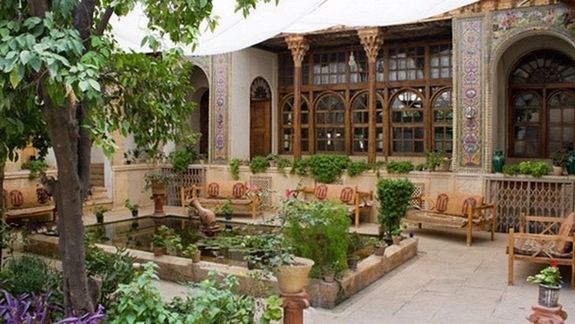
The government’s plans to demolish tens of historic houses in the ancient city of Shiraz to expand Shia shrines has outraged many Iranians.
Media reported earlier this week that residents of the historic houses marked for demolition in the vicinity of the shrines have been given an ultimatum by the authorities and the municipality’s contractor to evacuate immediately as the demolition work was soon to begin. Several of these houses which date back to Zand (1751-1779) and Qajar (1789-1925) periods have been listed as national heritage sites.
The plan to expand the Shah-e Cheragh shrine is meant to transform Shiraz from a destination for historic tourism to a pilgrimage destination, Mohammadreza Javadi-Yeganeh, a professor of sociology at Tehran University tweeted. “[They are] targeting the Iranian [national] identity again [as opposed to Islamic Shiite],” he wrote while criticizing the manner of appropriation of the properties which he said amounted to robbing the owners.

Nasir Farrokh-Mehr who is the secretary of the National Campaign to Save the Historic Structures of Shiraz, said locals are planning to rally Thursday in the area to prevent what they call a cultural disaster.
The campaign had petitioned the minister of cultural heritage Ezzatollah Zarghami last year to order the historic buildings within the confines of the area to be surveyed and listed as cultural heritage before any final decisions were made.
In its online petition which over 17,000 have signed, the campaign said many of the city’s invaluable historic buildings had been destroyed in the past few decades on the grounds that they were not listed and that influential entities had obstructed the listing of the many buildings that fell within the confines of the are to be destroyed to expand the shrine.
Zarghami said last year that the plans to expand Shah-e Cheragh, which were first proposed a few years after the Islamic Revolution of 1979, were to be reviewed by various government agencies. The plans now seem to have been set in motion following President Ebrahim Raisi’s decision during a visit to the city a few months ago to expedite the project.
Etemad newspaper warned Monday that there is evidence that the plan to expand the shrine “to make Shiraz the biggest pilgrims’ destination in the Middle East” would affect 360 hectares of the historic structure of the city.
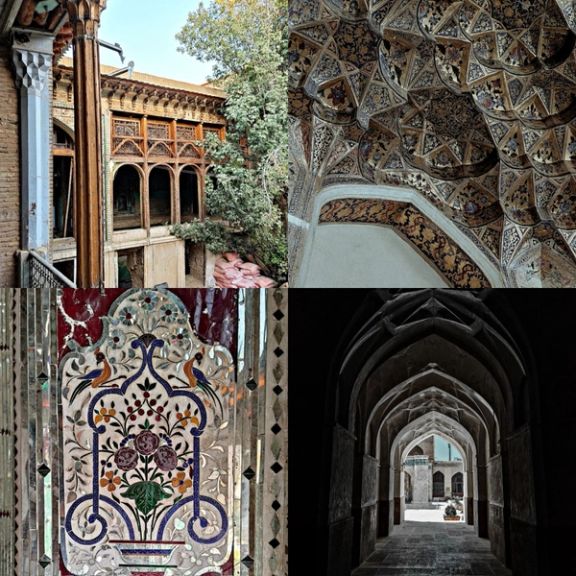
Shah-e-Cheragh is a mosque and the mausoleum of two of the brothers of the eighth Shia imam, Imam Reza, who is himself buried in the northeastern city of Mashhad. The tombs turned into a pilgrimage site in the 14th century when a mosque and theological school were built in their vicinity.
Imam Reza’s shrine has several times been expanded during the Pahlavi era and after the Islamic Revolution and many of the historic neighborhoods around it have vanished. Much of the surrounding neighbourhoods of Shah-e Cheragh have likewise been demolished in the past few decades, as late as four years ago, to build connecting roads and facilities to serve pilgrims.
Shiraz is one of Iran's most popular tourist sites for foreign tourists and Iranians alike. Pasargade and Persepolis, about 60 km to the north of Shiraz, which date back to the Achaemenid period (559 BC-330 BC), and the tombs of two of Iran's most famous poets, Hafez Shirazi (1325–1390) and Saadi Shirazi (1210 – 1291) are among the city’s most visited sites.
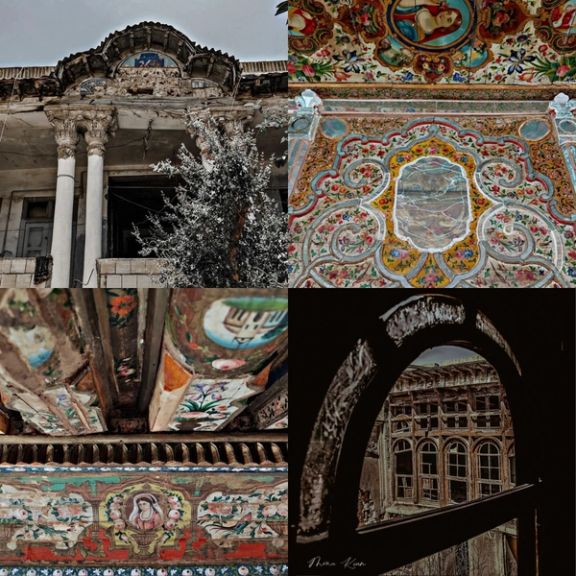
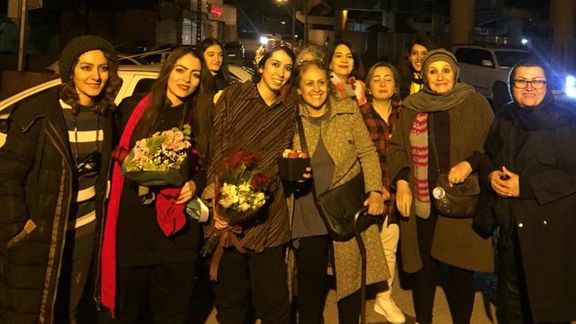
A group of female political prisoners, who were released on Wednesday, chanted the Iran protests slogan, "Woman, life, freedom" outside the notorious Evin prison in Tehran.
Alieh Mottalebzadeh, Saba Kordafshari, Fariba Asadi, Parasto Moini, Zahra Safaei, Gelareh Abbasi and Sahereh Hosseini expressed support for the protests movement shortly after being freed from jail saying that the "the oppressive regime must be destroyed".
In the past weeks, Narges Mohammadi, spokesperson of the Defenders of Human Rights Centre (DHRC), said in a report how women are being physically and sexually abused, following their arrests as a result of protests across the country, which began in September following the death of 22-year-old Mahsa Amini.
According to her, 57 out of 58 female prisoners have experienced "terrible inhumane torture" and have been imprisoned for a total of 8,350 days in the security cells of the ministry of intelligence and the Revolutionary Guards.
The seven female political prisoners, who were released Wednesday were among the tortured detainees.
Nasrin Sotoudeh, a human rights lawyer who is on medical leave from prison, in an interview with CNN stated, “while a brutal state crackdown has succeeded in quieting the demonstrations that gripped the country for months, many Iranians still want regime change.”
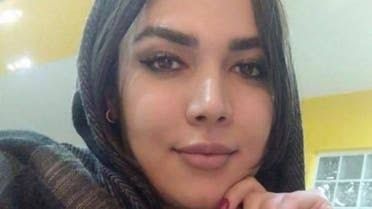
The public prosecutor of Sirjan in southern Iran has announced that a lawyer, who died two months after release from prison, committed "suicide by using medicinal products".
Maryam Arvin, who was arrested on September 26 during the Sirjan protests, was released on December 13 on bail.
Mohsen Nikvarz also claimed that Maryam Arvin, "had a history of suicide attempts by taking drugs, and her hospitalization and treatment records are available."
However, he did not mention any possible link between Arvin’s suicide and torture during the detention and interrogation reported in her case.
“Creating fake news is not new and for sure such lies and rumors will not be accepted by the people at all,” added the Sirjan prosecutor.
Arvin's case was appealed after a ruling by the preliminary court and was being discussed in the appeals court, he said and claimed that she was among those pardoned by the Islamic Republic ruler Ali Khamenei.
This is not the first time that a detainee commits suicide after being released from prison. In recent months, several other prisoners have died shortly after their release.
On Tuesday, Baluch Activists Campaign announced a teenager Benyamin Kouhkan arrested during protests has attempted suicide in Zahedan prison, southeast of Iran, due to severe physical, sexual and mental torture.
According to the human rights organization, the teenager was arrested by the Revolutionary Guard intelligence in Zahedan on January 3, but he tried to take his own life after being severely tortured.

The Islamic Republic of Iran's Supreme Leader Ali Khamenei has for the first time admitted that there are disagreements between the people and the regime.
Khamenei who has been dismissing popular protests as “riots” instigated by “enemies” said in a speech that Iranians should "make sure these differences do not turn into faultiness" that would tear apart the nation.
Nonetheless, Khamenei's state of denial about dissent in Iran appears to continue. He repeated that sowing discord and creating differences is the "enemy's strategy."
"The enemy is determined to bring the Islamic regime to its knees," Khamenei said on Wednesday when tens of Iranian army's air force personnel went to visit him on the anniversary of a similar visit to the founder of the Islamic Republic Ruhollah Khomeini in 1979. The air force then paid tribute to Khomeini in defiance of their allegiance to the Shah, but the visit to Khamenei was not politically or otherwise significant.
He said, "15 years ago, a US President, [presumably George W. Bush] wrote to me in a letter that the United States did not intend to overthrow the government in Iran, but intelligence reports indicated that they were mulling a plot to destroy the Islamic Republic."
Reiterating that "the enemies" were adamant to sow discord and create distrust among the people, Khamenei advised that Iranians need to strengthen their unity to foil that plot. He claimed that the rallies to mark the anniversary of the Islamic revolution will manifest this unity.
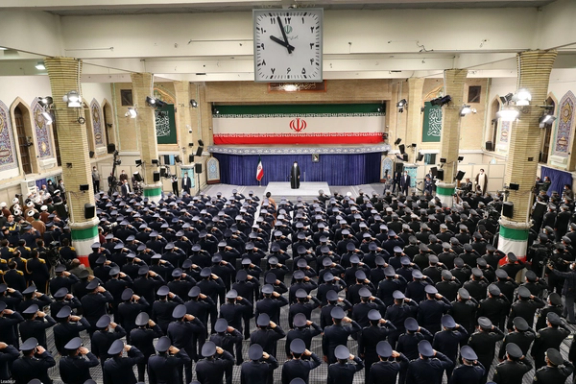
In fact, five months of protests in the streets against the government have left a fragmented society in Iran where trust in the regime is at its lowest point since Khamenei created his ideal all conservative government and barred others from taking part in the 2020 parliamentary and 2021 presidential elections.
Meanwhile, his insistence on the Islamic revolution being alive and kicking was in sharp contrast to months of protests by women and the youth demanding an end to the Islamic Republic. This time there is no doubt that protesters do not want any reforms or concessions. They demand a secular and democratic government and Khamenei is their first target.
But Khamenei sojourns in his own world and claimed that the Islamic Republic is moving forward toward the peaks of its material and spiritual progress. Material progress seems more like a myth as the government has recently decided to sell public assets and properties to finance its everyday administrative affairs. The national currency is at its historic low and inflation is well above 50 percent.
Meanwhile, sociologists and political observers in Iran have said in numerous studies that the generation-Z was the driving force behind the recent protests and most of those who were jailed for taking part in the protests were born after 2000. But Khamenei claimed that the regime has the hearts and minds of the young generation, showcasing a recent regime stunt of having youngsters in a Quran reading marathon.
In another controversial comment, while he has the final say on all matters of state and dictates all policies to the government, he called on unnamed officials to deliver what people need.
Khamenei also called for national unity, while he had earlier ruled out politicians' suggestions for an attempt at national reconciliation by putting an end to the violent crackdown on protesters.
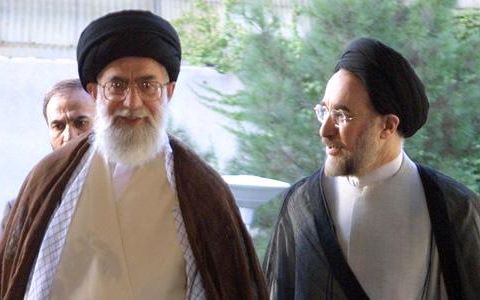
A prominent Iranian reformist figure says the Iranian regime should be worried as even ex-President Mohammad Khatami says that reformism in Iran has reached a deadlock.
The comment by Mohammad Javad Haqshenas comes as several conservative media outlets have attacked Khatami for his statement about the end of hope in reformismand his warning that disillusionment about reforms and the advocacy of regime change might lead to chaos, civil war and bloodshed.
In his statement on Sunday, Khatami had called on the government to meet the people's demands and prevent a revolutionary change.
Haqshenas said in an interview with Rouydad24 that Khatami's statement, which was issued on the 44thanniversary of the 1979 Islamic revolution sends a message that the Islamic Republic cannot be reformed. He added that the regime should take Khatami's statement as a warning and begin to reform itself from within.
On social media many argued that the fact that Khatami, former Prime Minister Mir Hossein Mousavi and former deputy Interior Minister Mostafa Tajzadeh have issued more or less similar statements warning that not reforming the system could lead to havoc was not a sheer coincidence. They suggested that the move was coordinated from within the system to scare the people of the consequences of the Islamic Republic's collapse.
Haqshenas on the other hand argued that reformists were expelled from the system as conservatives took over the executive, judiciary and legislative bodies. By doing so, the hard core of the regime made sure that it got rid of the challenges posed by reformists for good.

Meanwhile, Hossein Shariatmadari, the editor of hardline daily Kayhan said in an interview with the IRGC-linked Fars News Agency that "khatami's statement was no different from the US, UK and Israeli positions in support of recent protests in Iran. "Apart from cutting the throat of the police and attacks on the people in the streets, what have the rioters done that was different from what Khatami is suggesting?" Shariatmadari asked, questioning Khatami's support for protesters.
Resorting to his usual way of distorting the truth and putting words in others' mouth, Shariatmadari also asked: "Isn't it strange that Khatami as a cleric advocates the culture of nudity and supports the protesters' attack on veiled women as a beautiful act and a move toward a better future?" He added that "Khatami has suggested to the officials to be grateful for the rioters' presence in society."
Meanwhile, he once again accused Khatami of being linked to Israel and US entrepreneur George Soros without presenting any evidence.
In another development, conservative daily Resalat charged that Khatami's statement was "the starting point of a new phase in sedition." Sedition is the word Iranian hardliners use for the 2009 post-election unrest that nearly overthrew the Islamic government by rallying over three million people in Tehran against the ultraconservative establishment.
Another hardliner daily that attacked Khatami was IRGC's mouthpiece Javan newspaper that charged,"Regime change is the essence of the statements by Khatami and Mousavi." This comes while Khatami in a very elaborate way expressed his opposition to a regime change in Iran although Mousavi's call for a new Constitution could be easily interpreted as a call for regime change.
Javan wrote that both Khatami and Mousavi demanded regime change, undermining legal institutions in their statements. However, one of them [presumably Mousavi] demanded a hard regime change while the other called for a soft change of the regime. They are the two sides of the same coin."